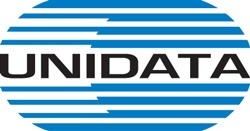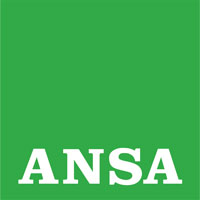Two projects with which it will be possible to recreate planets in a room and “walk” on the Moon in augmented reality
An economical DIY (do-it-yourself) kit to recreate the astronomical space that surrounds our planet, in all its wonder, in a room or in a classroom. Thus, in brief, it can be described as “Planets in a room”. This is also the name of the fascinating project presented by the Speak Science association together with the National Institute for Astrophysics (INAF) and the University of Rome Tre at the Maker Faire Rome – the European Edition 2019, the world-famous innovative technology fair that will take place from 18 to 20 October at Fiera di Roma.
With the materials provided in the kit, it is possible to build a small spherical projector, to be able to see and show planets and stars. This device also prefigures itself as a fascinating and effective way to teach and demonstrate all the physical characteristics – and not only – of what is distant and outside our world.

The creation and realization of “Planets in a room”’ is mainly due to the non-profit association Speak Science. The components were acquired thanks to modern 3D printing technologies, combined with low-cost commercial materials. The astronomical kit has already won the Europlanet Outreach Funding Scheme.

The collaboration with professionals, fans of the National Institute for Astrophysics (INAF), and the Department of Mathematics and Physics at the Roma Tre University have allowed the makers to create a truly useful, innovative and interactive teaching tool. The dream of every enthusiast or teacher!

Remaining on the subject of astrophysics, in the year in which the 50th anniversary of the landing on the Moon occurs, at the Maker Faire there will be other projects dedicated to the wonders of space.
One such example is “Walking on the moon”, presented by the INAF in Padua (Italy). This is an incredible experience of augmented reality, which will allow those who want to experience it to walk on a large, moon-shaped carpet, viewing 3D reconstructions of the moon craters and technologies used by the astronauts at that time.



















































































